

Top companies trust Airbyte to centralize their Data







Select your source

Select your destination

Sync your Data
Ship more quickly with the only solution that fits ALL your needs.
As your tools and edge cases grow, you deserve an extensible and open ELT solution that eliminates the time you spend on building and maintaining data pipelines
Leverage the largest catalog of connectors
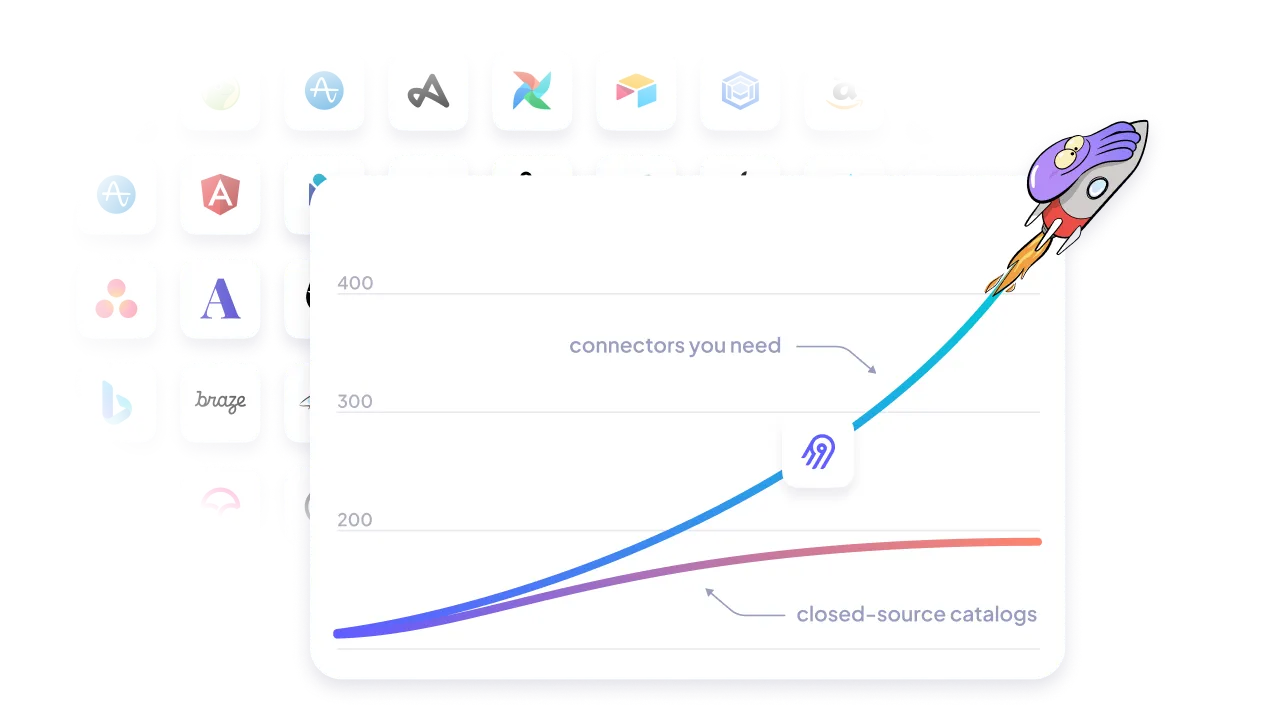
Cover your custom needs with our extensibility
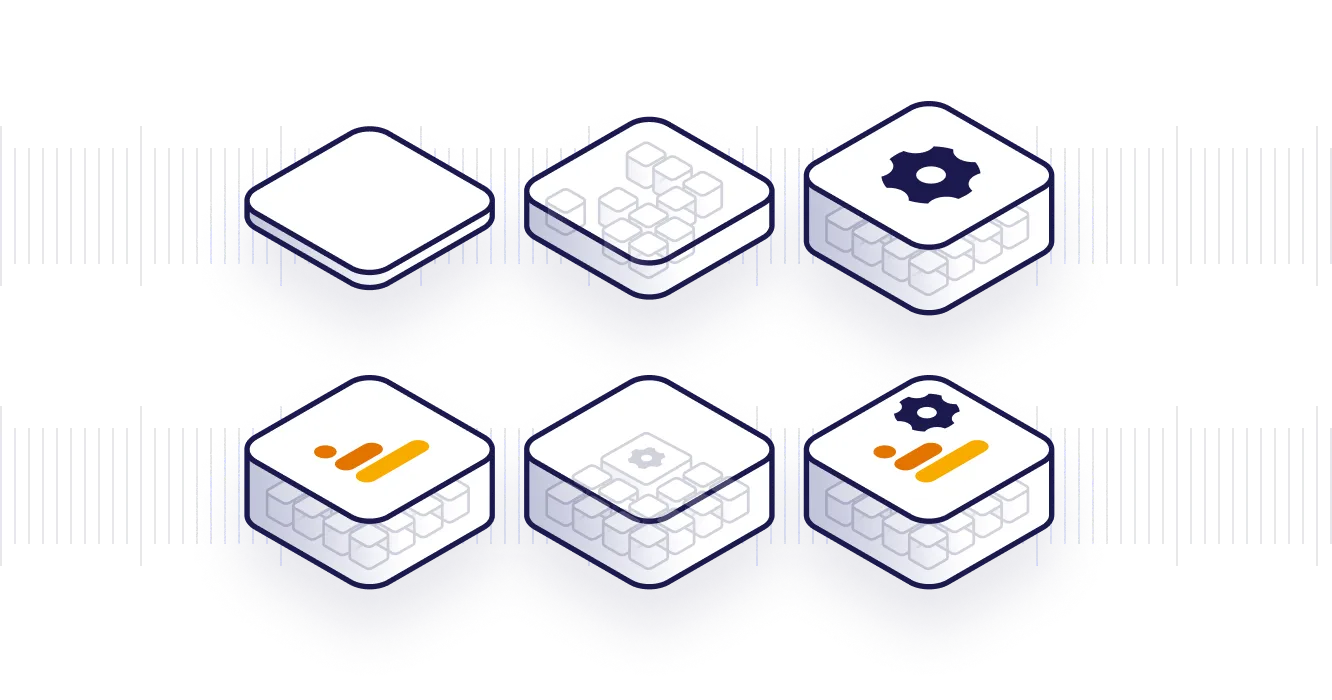
Free your time from maintaining connectors, with automation
- Automated schema change handling, data normalization and more
- Automated data transformation orchestration with our dbt integration
- Automated workflow with our Airflow, Dagster and Prefect integration
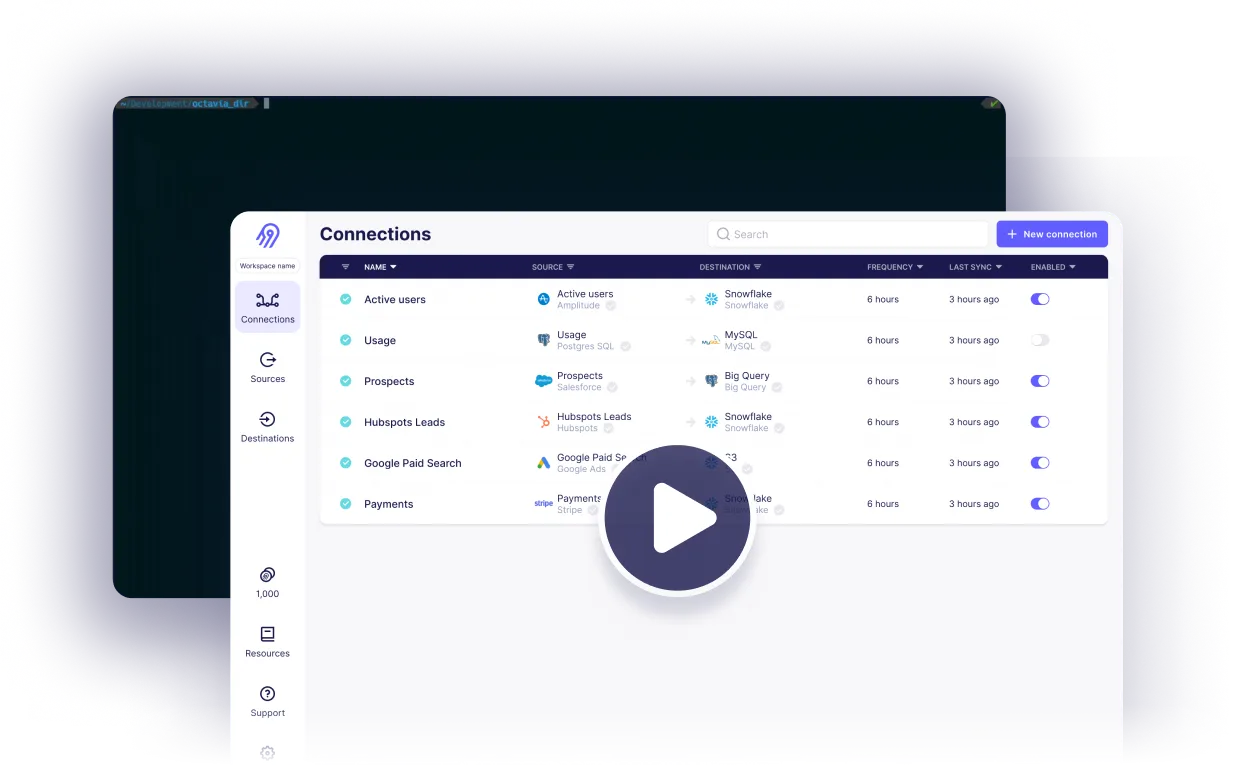
Reliability at every level
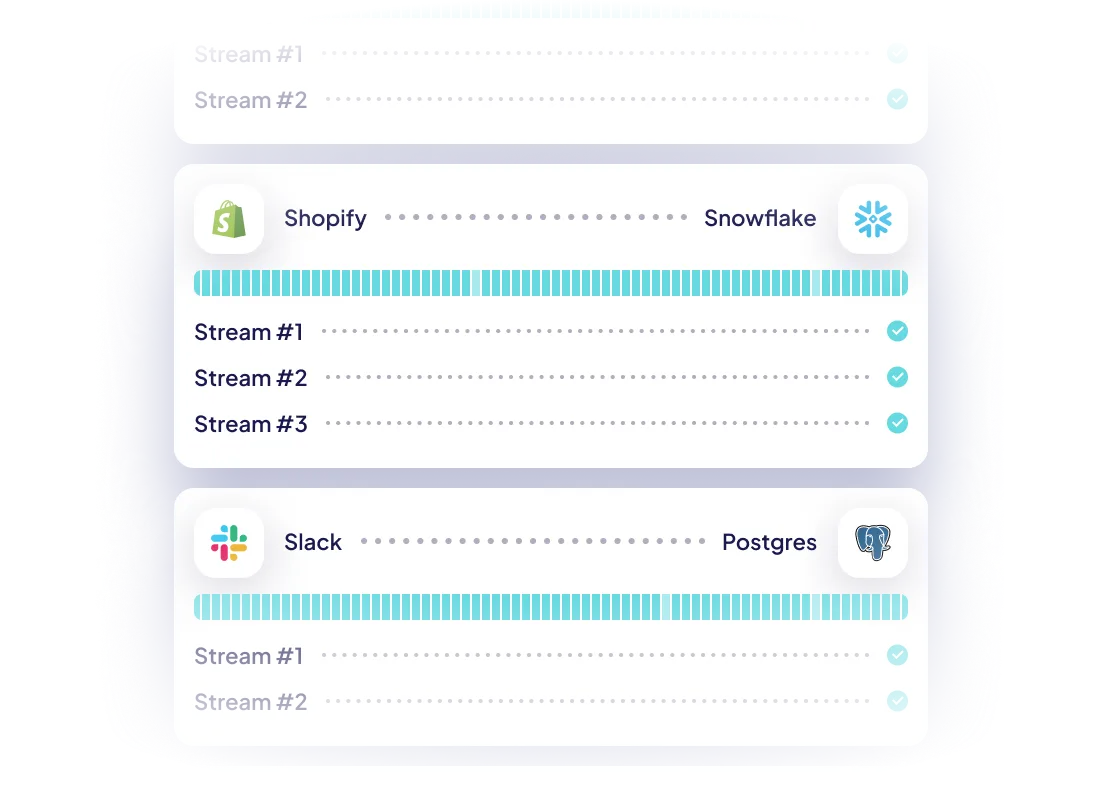



Airbyte Open Source


Airbyte Cloud


Airbyte Enterprise

Why choose Airbyte as the backbone of your data infrastructure?
Keep your data engineering costs in check
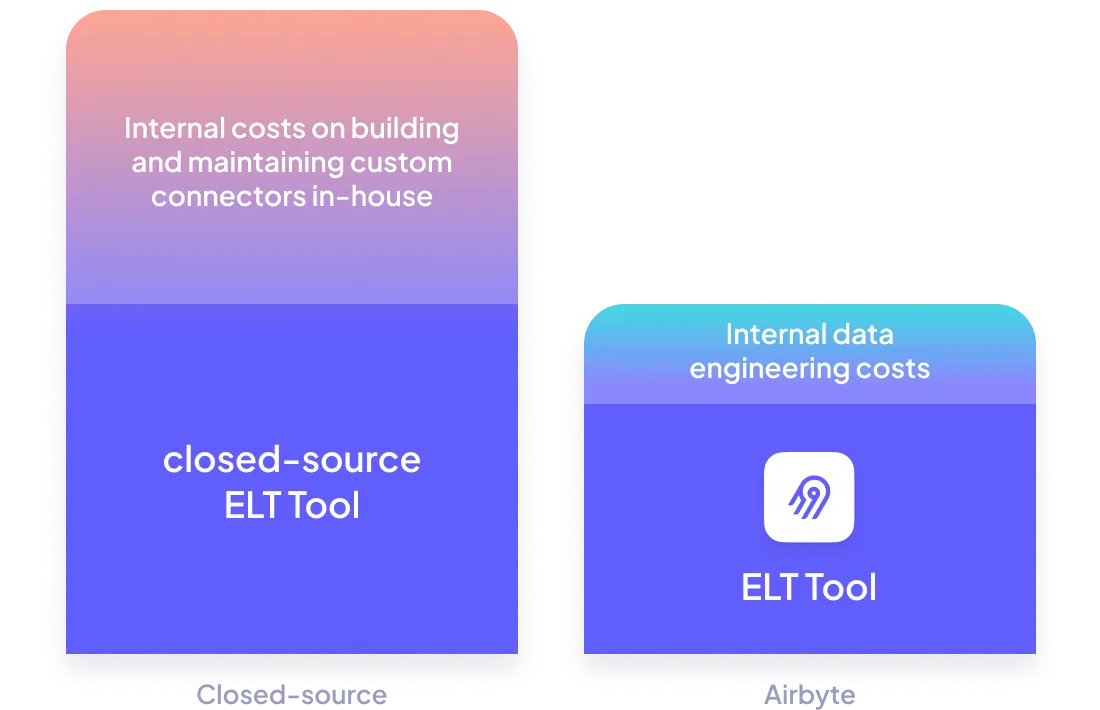
Get Airbyte hosted where you need it to be
- Airbyte Cloud: Have it hosted by us, with all the security you need (SOC2, ISO, GDPR, HIPAA Conduit).
- Airbyte Enterprise: Have it hosted within your own infrastructure, so your data and secrets never leave it.
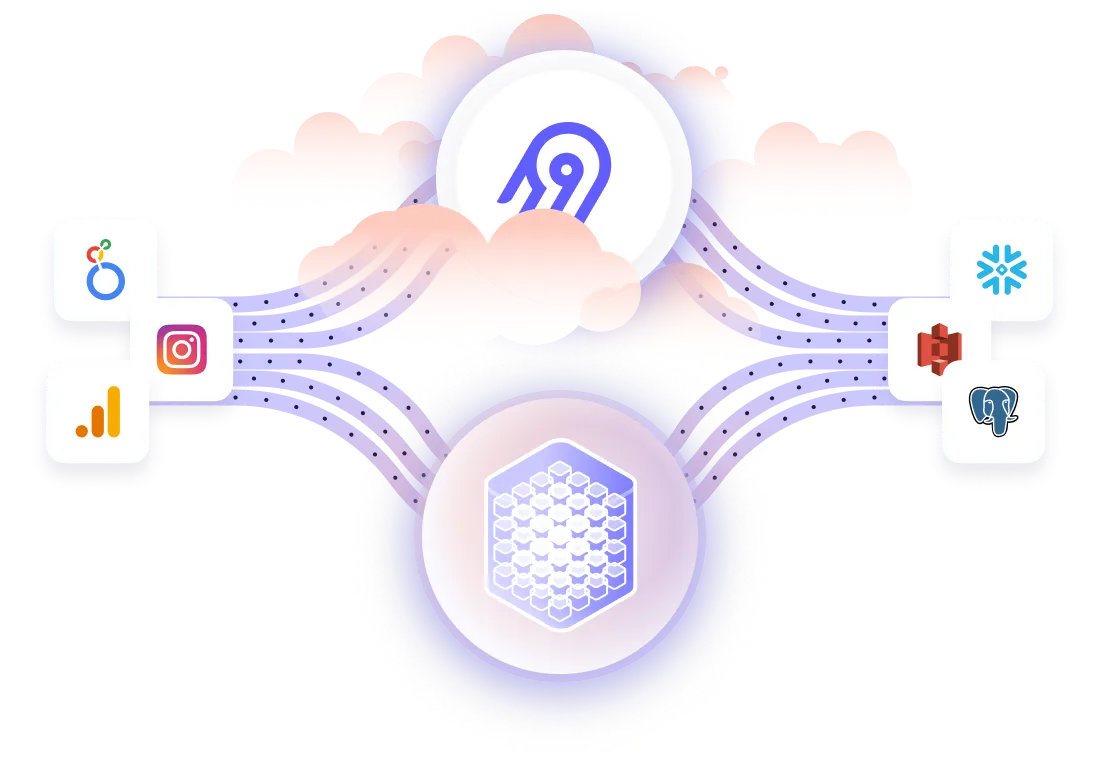
White-glove enterprise-level support
Including for your Airbyte Open Source instance with our premium support.
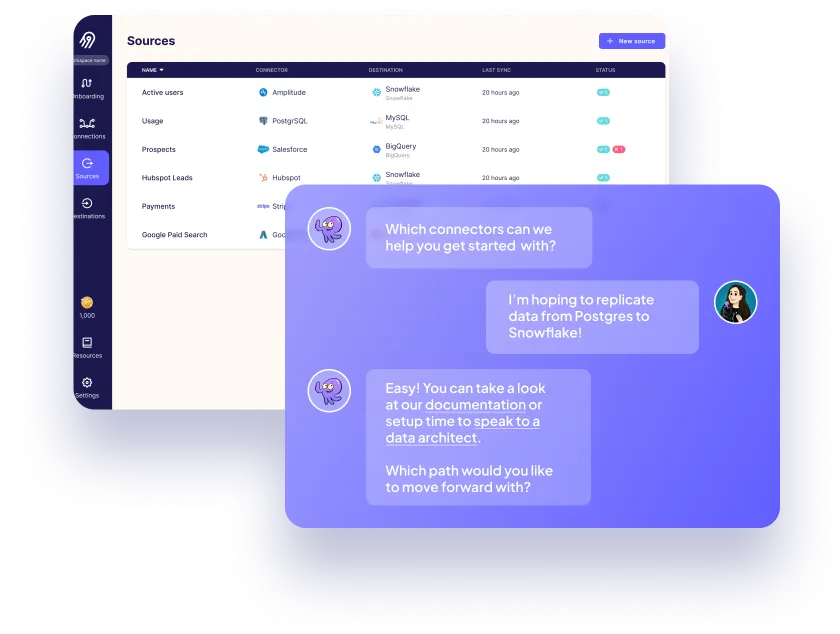

Fnatic, based out of London, is the world's leading esports organization, with a winning legacy of 16 years and counting in over 28 different titles, generating over 13m USD in prize money. Fnatic has an engaged follower base of 14m across their social media platforms and hundreds of millions of people watch their teams compete in League of Legends, CS:GO, Dota 2, Rainbow Six Siege, and many more titles every year.
Ready to get started?
FAQs
What is ETL?
ETL, an acronym for Extract, Transform, Load, is a vital data integration process. It involves extracting data from diverse sources, transforming it into a usable format, and loading it into a database, data warehouse or data lake. This process enables meaningful data analysis, enhancing business intelligence.
Stripe is a technology company focused on helping businesses of all sizes accept web and mobile payments. Stripe software is intended to build a solid economic infrastructure for the internet at global scale. Well-known companies like Salesforce and Facebook accept online payments through Stripe software. Stripe’s innovative applications combined with their solid economic infrastructure support modern business models like crowdfunding and marketplaces. Stripe continues to innovate, partnering with tech-dominant enterprises such as Apple, Google, and Facebook to launch new capabilities.
Apache Pulsar is an open-source distributed messaging and streaming platform designed for high-performance, real-time data processing at scale. It offers seamless integration of messaging and event streaming, providing a unified platform for both pub-sub messaging and streaming analytics use cases. Pulsar features a decoupled architecture, enabling efficient scalability and fault tolerance. It supports durable message storage, multi-tenancy, and geo-replication for data resilience and global availability. With built-in support for connectors, Pulsar simplifies data ingestion and enables easy integration with external systems. Apache Pulsar empowers organizations to build robust, scalable, and reliable data streaming pipelines for real-time data processing and analysis.
Stripe's API provides access to a wide range of data related to payment processing and management. The following are the categories of data that can be accessed through Stripe's API:
1. Payment data: This includes information about payments made through Stripe, such as the amount, currency, and status of the payment.
2. Customer data: This includes information about customers who have made payments through Stripe, such as their name, email address, and payment history.
3. Subscription data: This includes information about subscriptions made through Stripe, such as the subscription plan, billing cycle, and status of the subscription.
4. Dispute data: This includes information about disputes raised by customers, such as the reason for the dispute and the status of the dispute resolution process.
5. Balance data: This includes information about the balance of the Stripe account, such as the available balance, pending balance, and currency.
6. Transfer data: This includes information about transfers made from the Stripe account to a bank account, such as the amount, currency, and status of the transfer.
7. Refund data: This includes information about refunds made through Stripe, such as the amount, currency, and status of the refund.
Overall, Stripe's API provides access to a comprehensive set of data related to payment processing and management, enabling businesses to effectively manage their payment operations.
What is ELT?
ELT, standing for Extract, Load, Transform, is a modern take on the traditional ETL data integration process. In ELT, data is first extracted from various sources, loaded directly into a data warehouse, and then transformed. This approach enhances data processing speed, analytical flexibility and autonomy.
Difference between ETL and ELT?
ETL and ELT are critical data integration strategies with key differences. ETL (Extract, Transform, Load) transforms data before loading, ideal for structured data. In contrast, ELT (Extract, Load, Transform) loads data before transformation, perfect for processing large, diverse data sets in modern data warehouses. ELT is becoming the new standard as it offers a lot more flexibility and autonomy to data analysts.





















